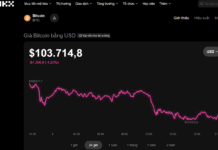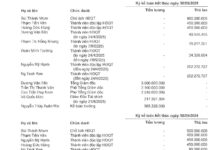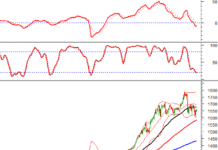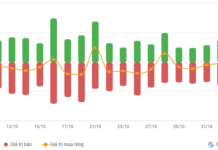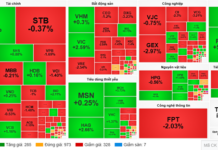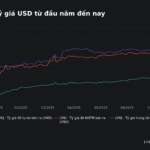Boosting Bond Issuance
According to the State Bank of Vietnam’s report, as of August 29, the total credit outstanding in the economy reached VND 17,140 trillion, a 11.08% increase compared to the end of 2024. It is estimated that credit growth this year will be around 20.19%, the highest in many years (compared to the average of approximately 14.5%).
VIS Rating’s August analysis of the corporate bond market shows that bond issuance activity continued its strong growth momentum. The total issuance value reached VND 58,600 billion, a 42% increase from the previous month.
Among banks, HDBank, MB, ACB, and Bac A Bank conducted issuances exceeding VND 1,000 billion each. These banks are leveraging the low-interest rate environment to supplement medium to long-term resources and increase supplementary capital.
Mr. Phan Duy Hung, Senior Analyst at VIS Rating’s Credit Rating and Research Division, commented: “Credit growth is outpacing deposit growth. Bond issuance helps banks secure long-term capital, improve maturity structures, and mitigate liquidity risks.”
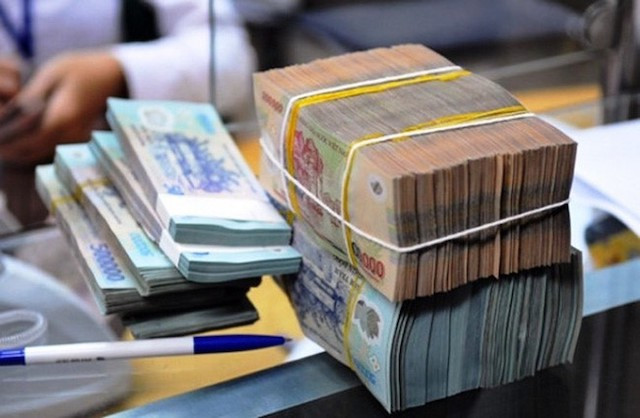
Banks are actively mobilizing capital through bond issuance.
According to Mr. Hung, the banking system will remain a key driver in promoting the growth of the corporate bond market in the coming period. Additionally, banks are proactively managing liquidity, ensuring regulatory compliance, and seeking opportunities for early buybacks and issuing new bonds with longer tenors to meet long-term lending needs.
Bank bonds are not just a financial tool but have become a strategic pillar in 2025’s credit management. Serving as a medium to long-term capital mobilization channel, balancing costs and tenors, supporting liquidity stability, and maintaining growth rates, bank bonds will continue to play a central role in the financial structure of commercial banks and the economy. With the State Bank’s flexible management and the market’s gradually recovering confidence, bank bonds are the “leverage” helping Vietnam achieve its high credit growth target sustainably and safely in 2025.
What Should Banks Note When Pushing High Credit Growth?
Amid concerns that high credit growth could impact the economy, economist Le Xuan Nghia believes that it is crucial for banks to control their Capital Adequacy Ratio (CAR), as this will be a measure to control credit growth, replacing credit limits.
Circular No. 14/2025, recently issued, marks a significant step towards Basel III, raising the minimum CAR to 10.5% from 2030 (including the capital conservation buffer – CCB), along with additional requirements for the countercyclical capital buffer (CcyB) and allowing the implementation of the Internal Ratings-Based (IRB) approach.
According to Mr. Nghia, Circular 14 paves the way for the application of market-based credit mechanisms, a necessary condition for Vietnam’s financial system to operate more efficiently and safely in an increasingly integrated economy. However, it is essential to prevent fraud in the CAR. In other words, fraud in equity and total risk-weighted assets (corresponding to Tier 1 and Tier 2 capital). Risk-weighted assets and Tier 1 capital are difficult to manipulate as the State Bank closely monitors them, but Tier 2 capital (long-term bonds) can be manipulated, thereby increasing capital to expand lending limits.
Mr. Nghia emphasized that, in the current phase, the State Bank’s monetary policy is on the right track: focusing on stabilizing the value of the Vietnamese Dong and exchange rates. This is a critical step in stabilizing inflation and the macroeconomy.
However, if credit growth this year exceeds 20%, inflationary pressures for subsequent years will gradually increase with a lag of about one year. Therefore, the State Bank needs to focus more on stabilizing exchange rates and combating inflation by controlling money supply; additionally, it should monitor commercial banks’ lending activities based on CAR indicators, deposit and lending spreads, and control bad debts.
Prime Minister Directs Policies on Gold Market and Pilot Cryptocurrency Asset Market
The Prime Minister has mandated the development of the gold market in accordance with Decree 232, issued by the Government on August 26, 2025.
“The State Bank’s ‘Triple Pronged Attack’ to Curb Rising Exchange Rates”
Amidst the backdrop of a steadily rising USD/VND exchange rate in late August and early September, the State Bank of Vietnam has implemented a series of measures to cool down the market. However, upward pressure on the exchange rate remains significant, despite the near-certainty of a Fed rate cut at its September meeting.
Deputy Prime Minister: Tighten Control Over Private Corporate Bond Issuances
The Deputy Prime Minister has instructed the Ministry of Finance to prioritize the regulation and oversight of margin lending activities, ensuring stringent control over the issuance of private corporate bonds. Additionally, the Ministry is tasked with urging businesses to promptly settle bond payments as they mature.
VietinBank Elevates 2025 Asset Growth Target to 8-10%
At the Q2 Business Update Conference held on August 13th, Vietnam Joint Stock Commercial Bank for Industry and Trade (VietinBank, HOSE: CTG) presented growth forecasts for the banking sector and revised its total asset growth target upward to 8-10%.








